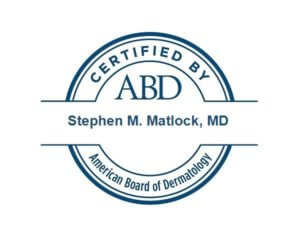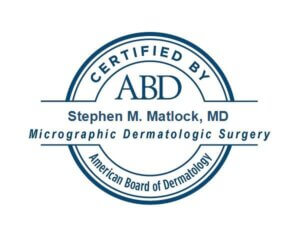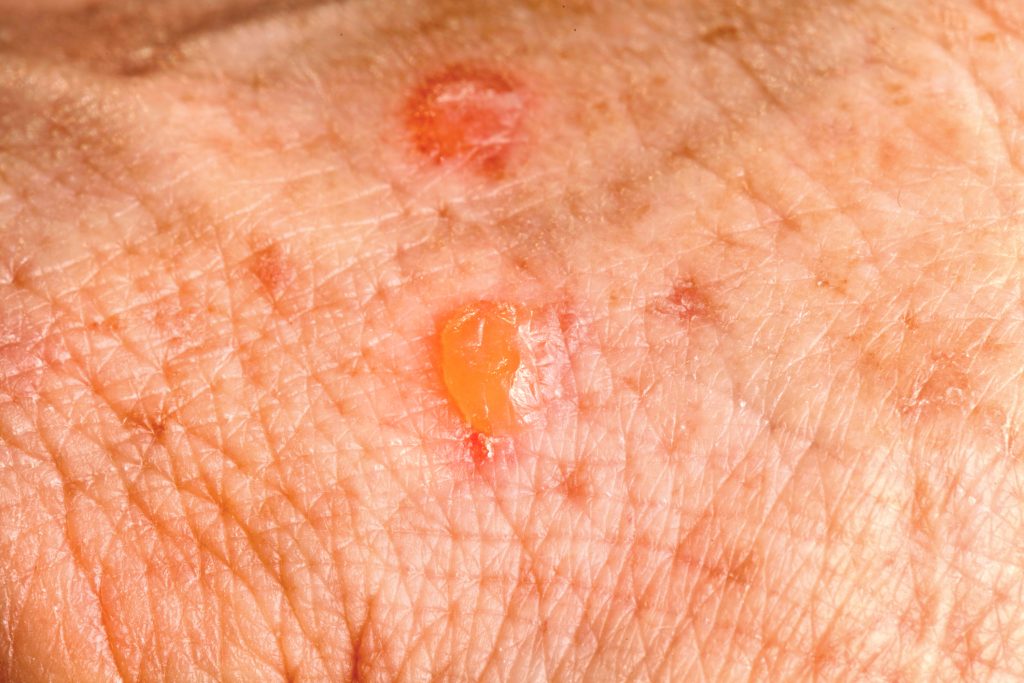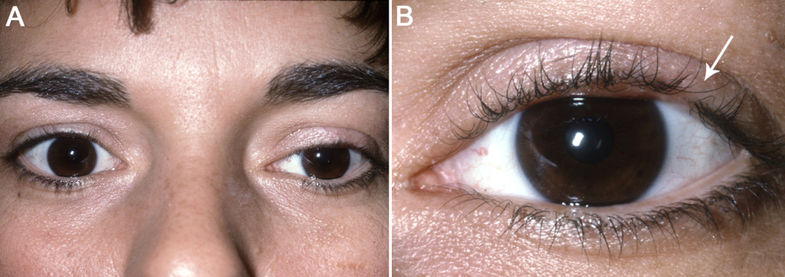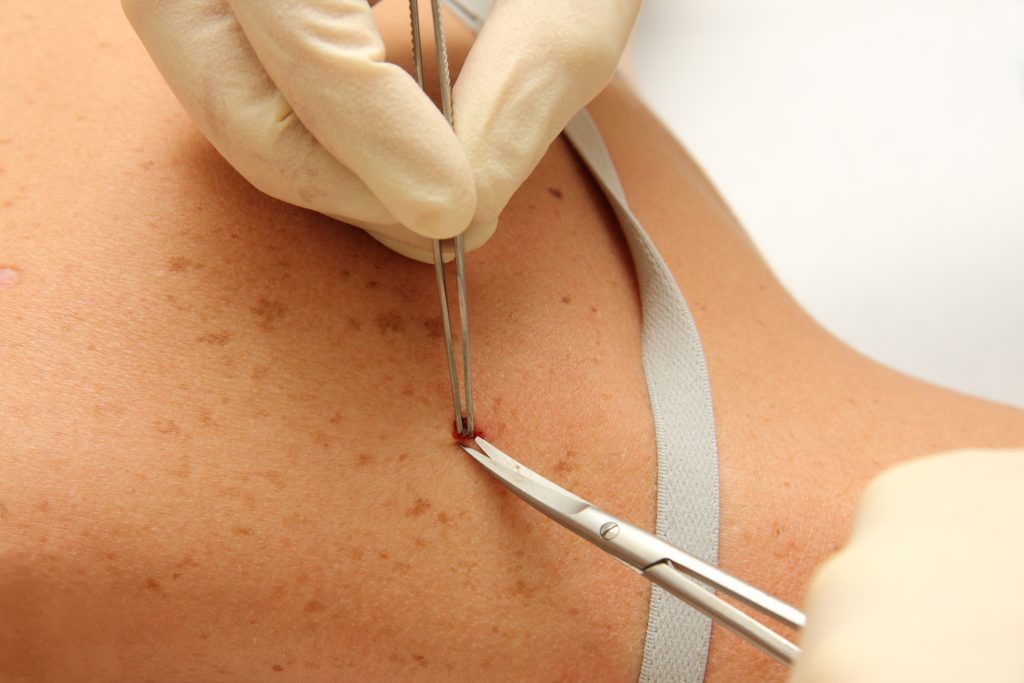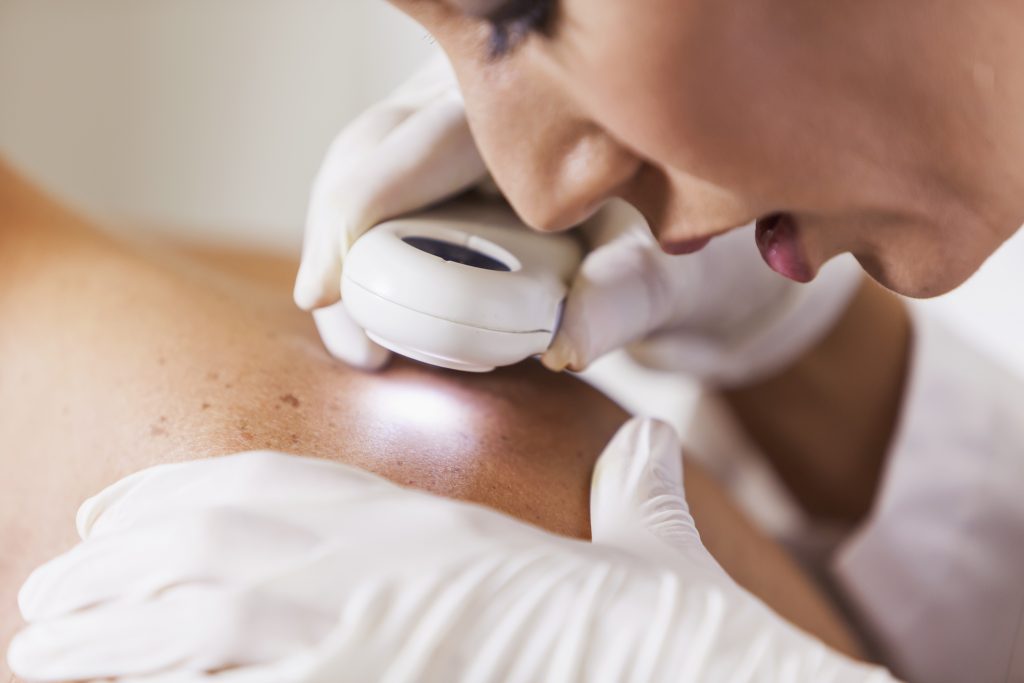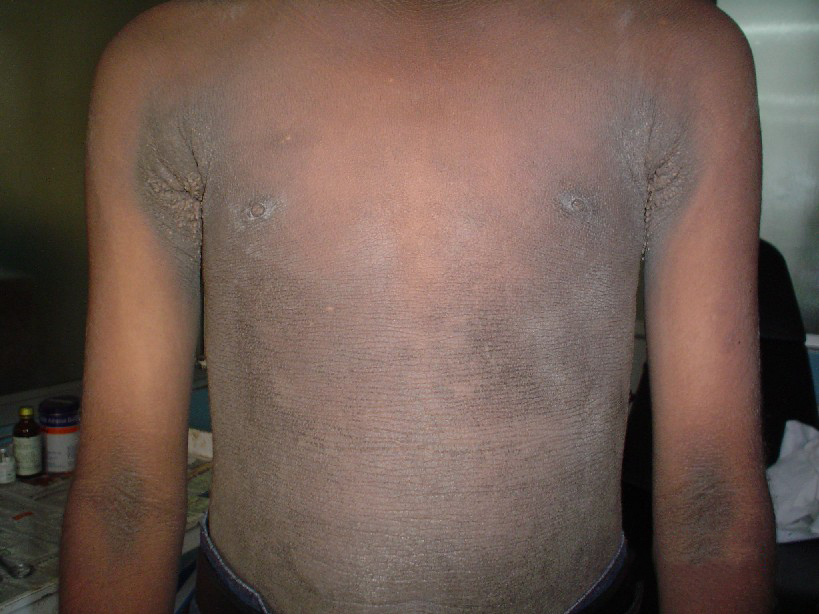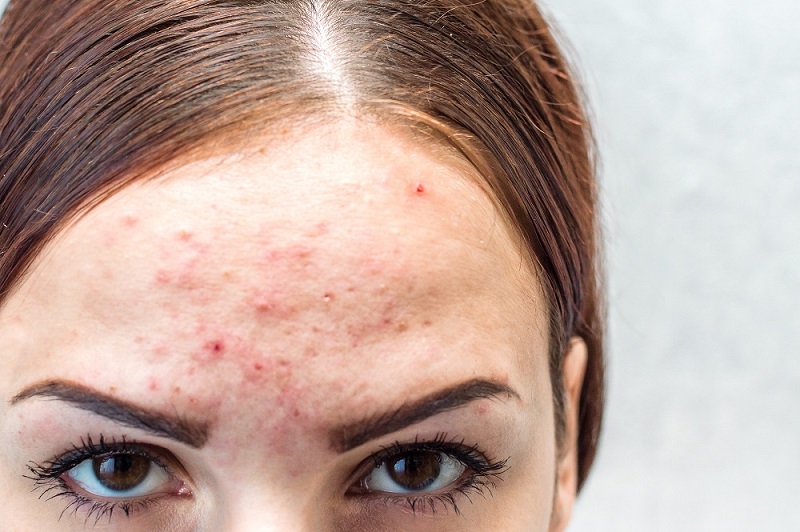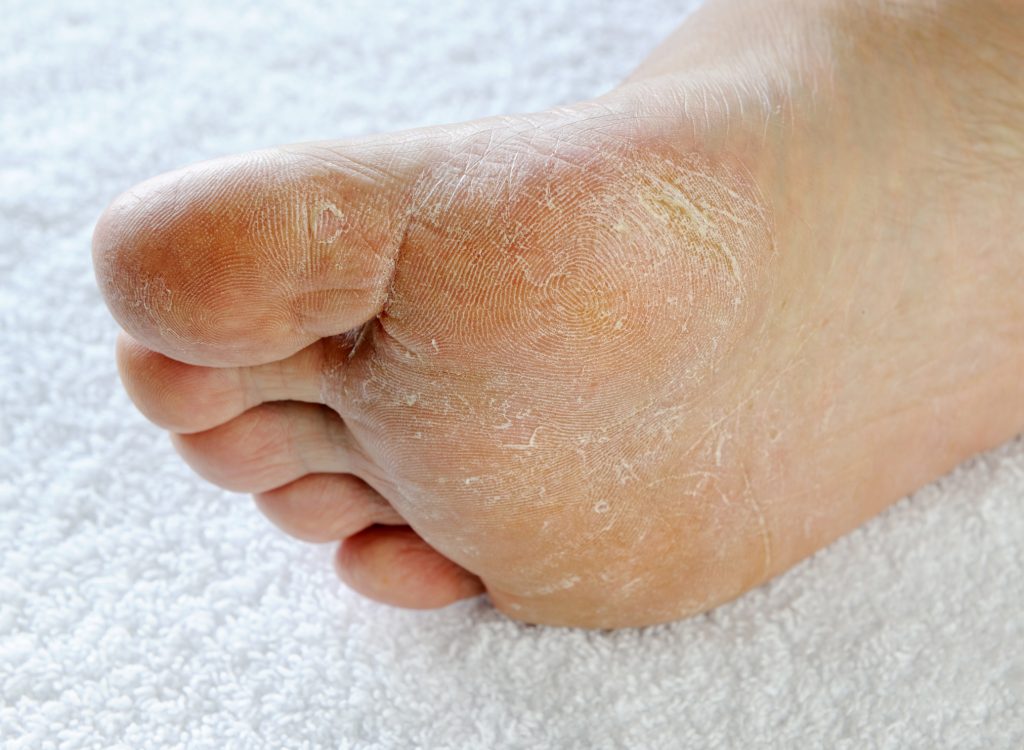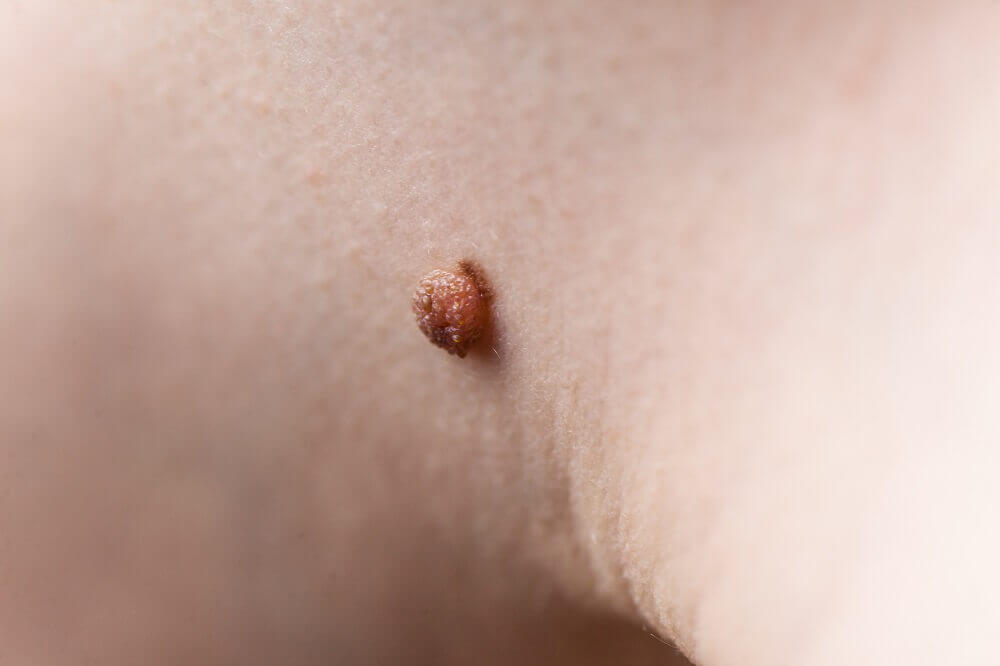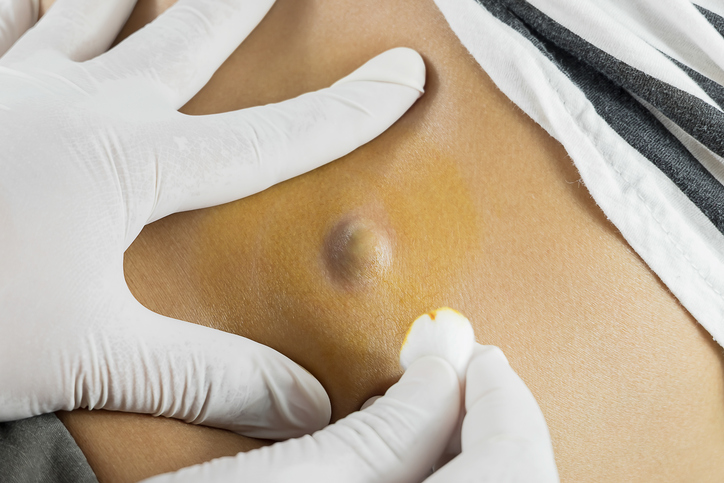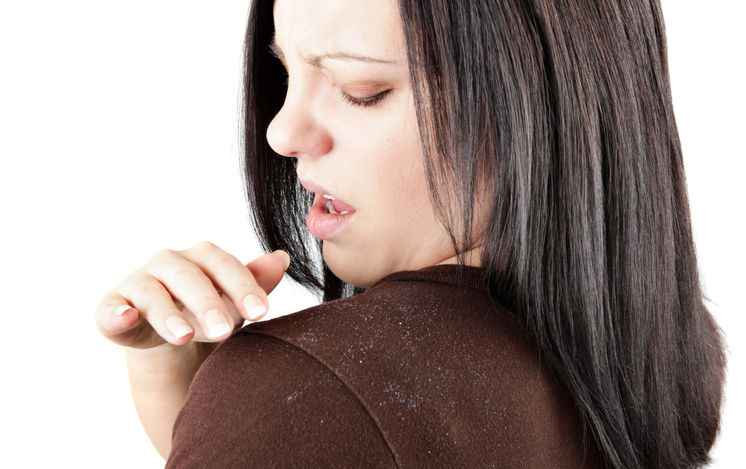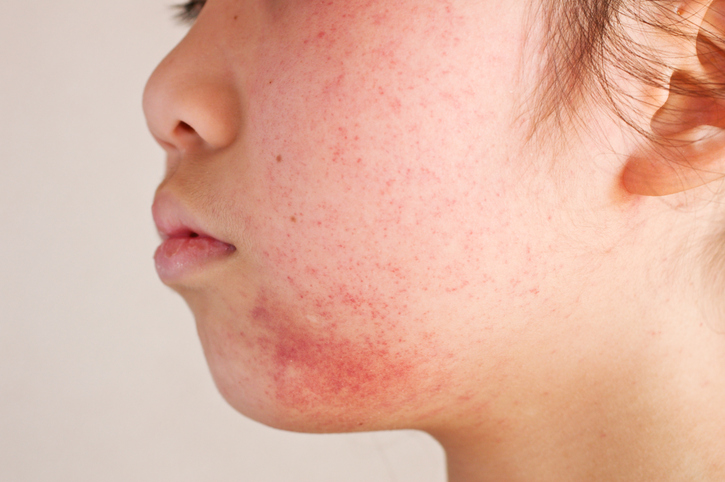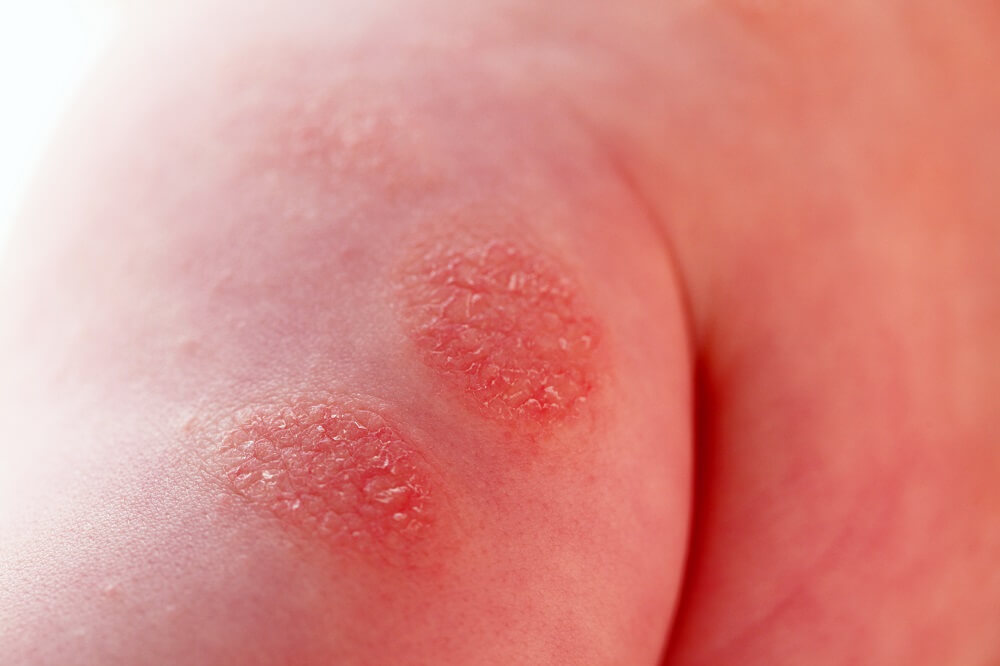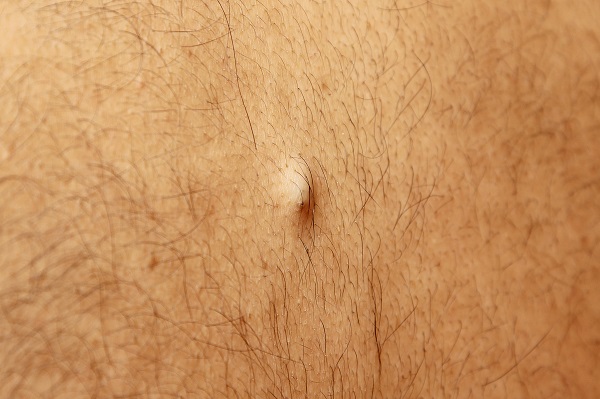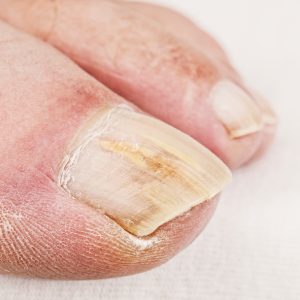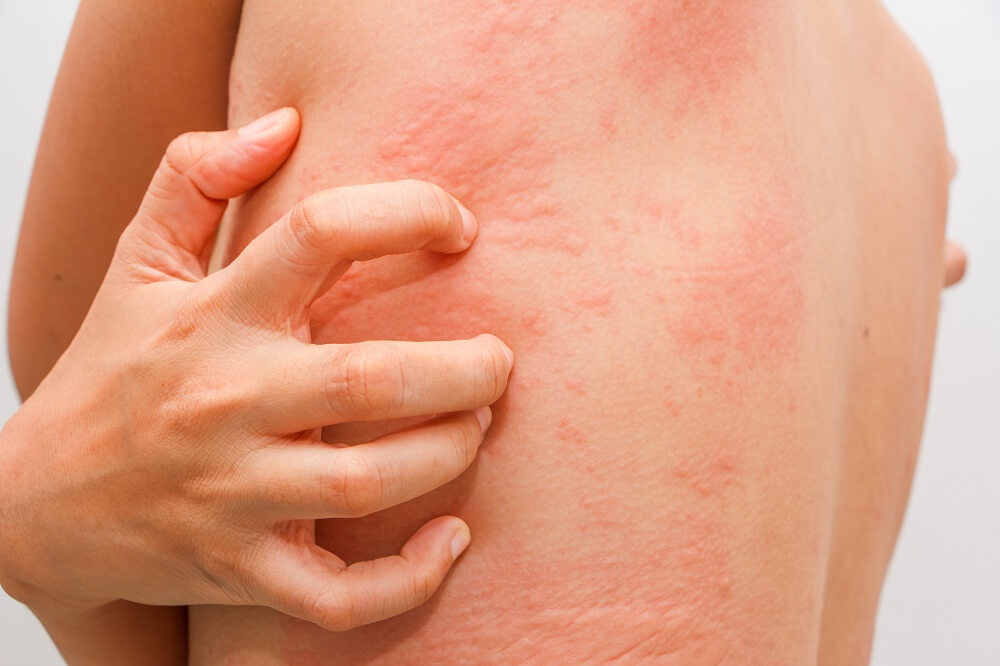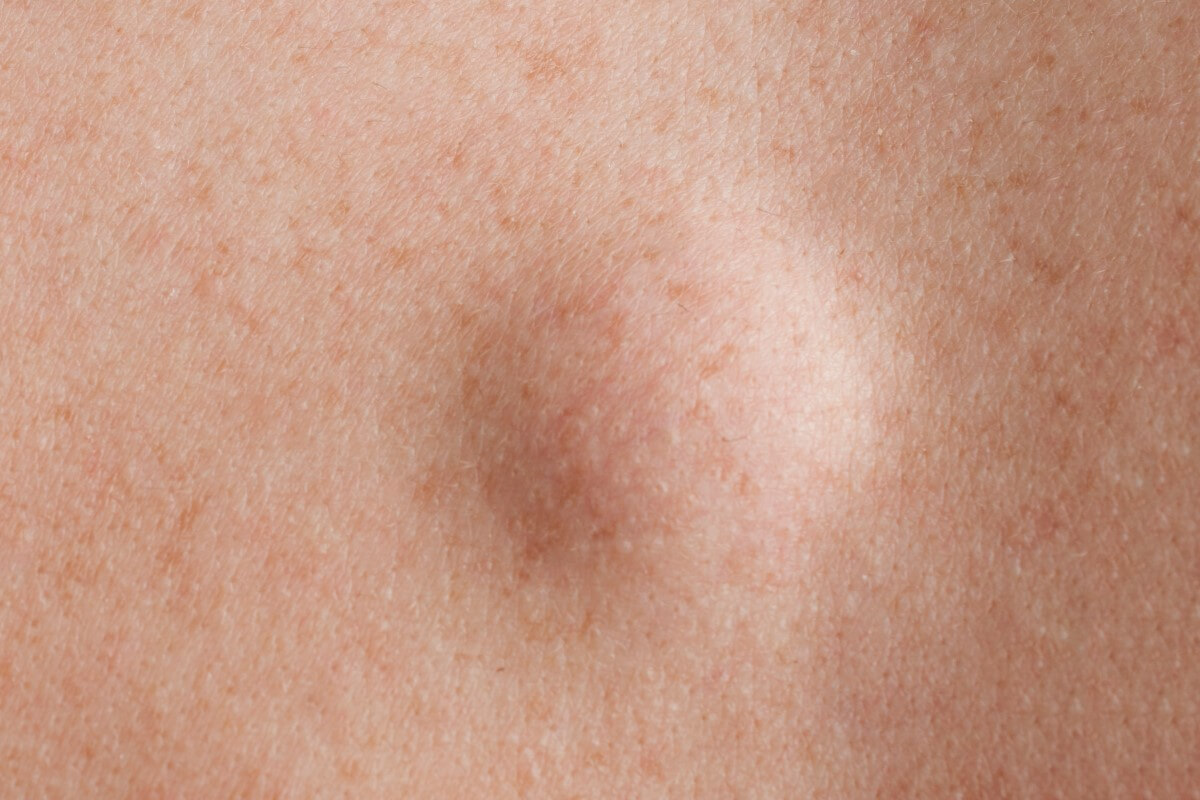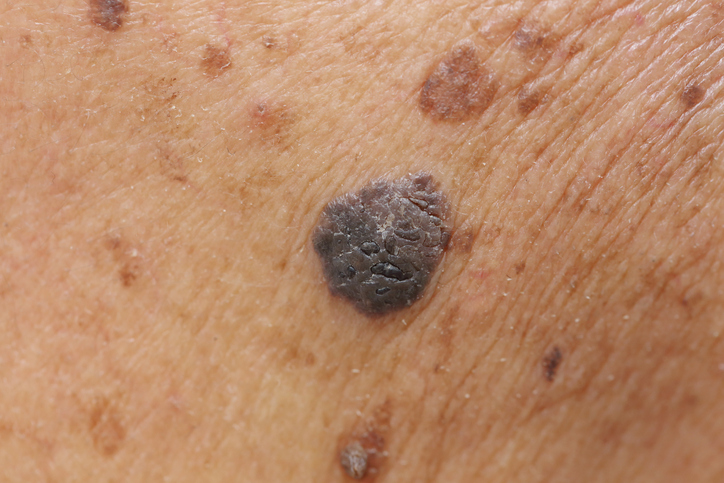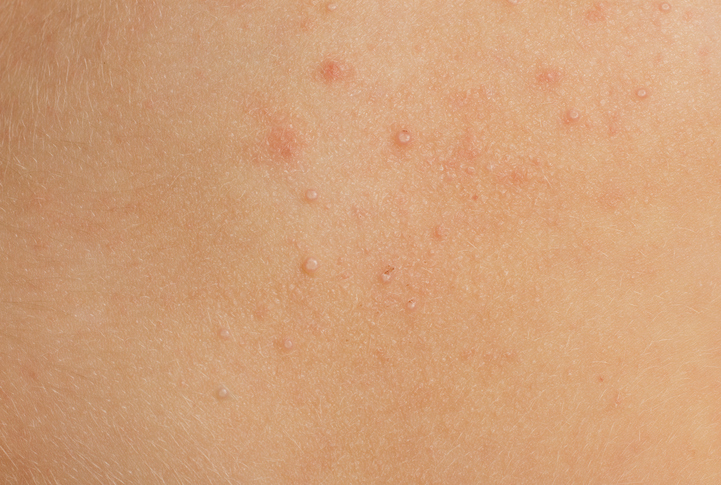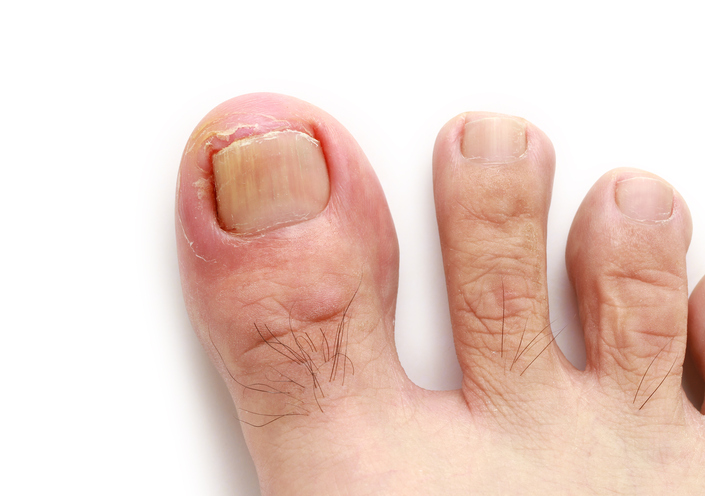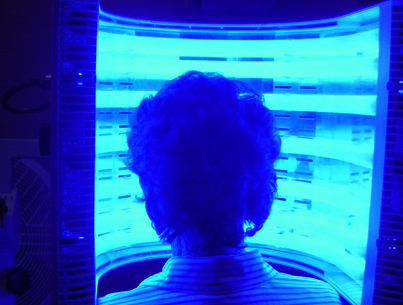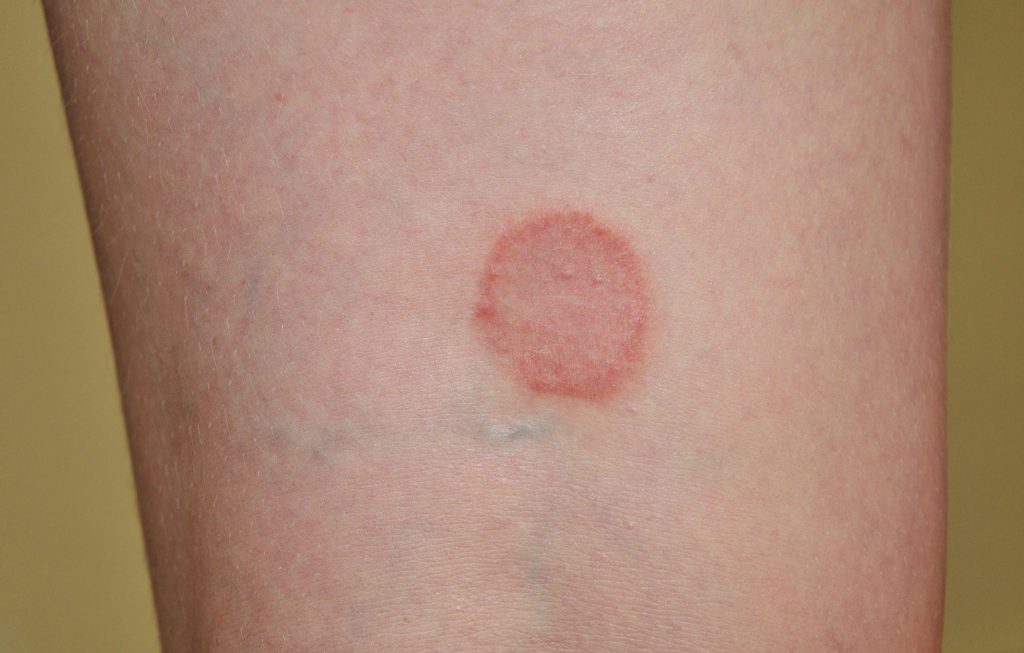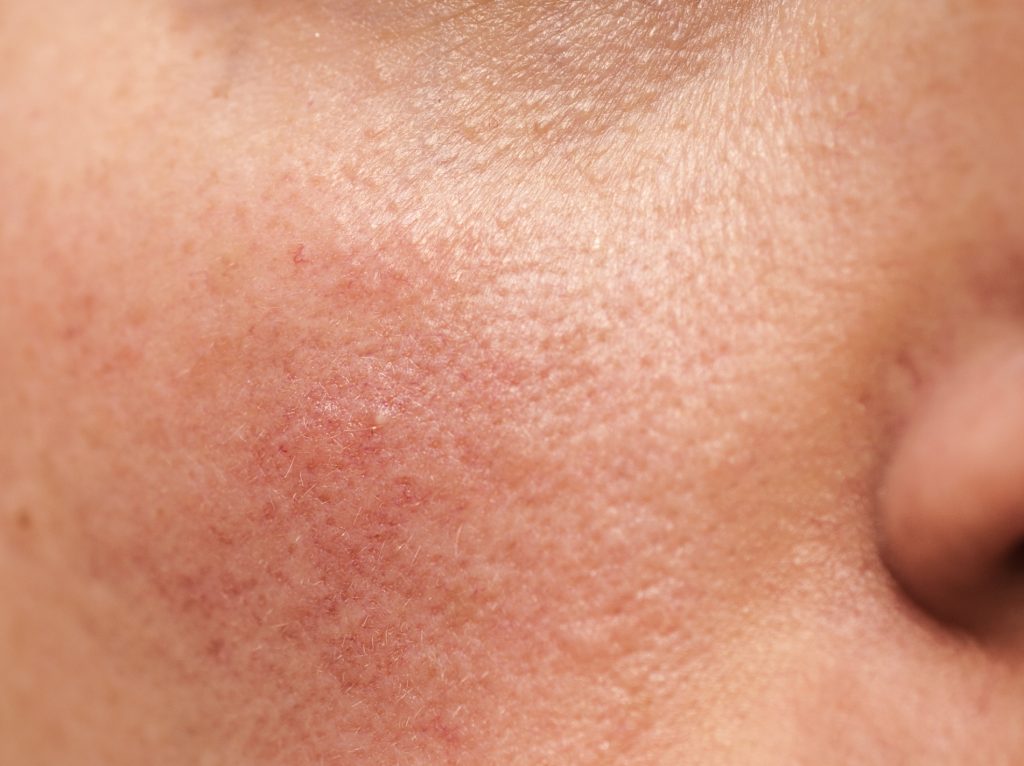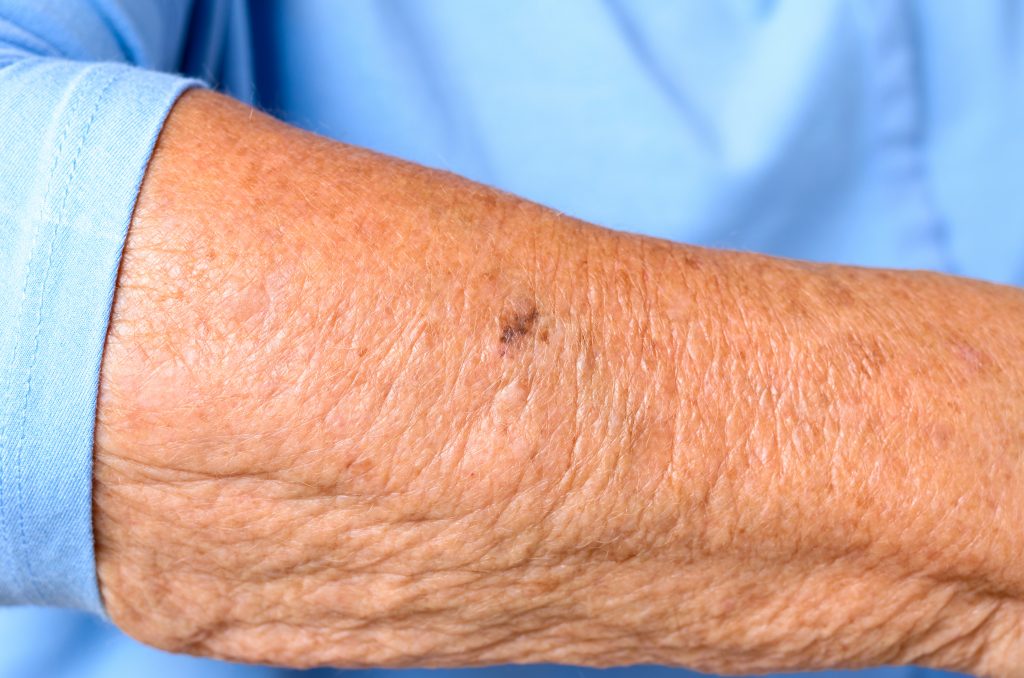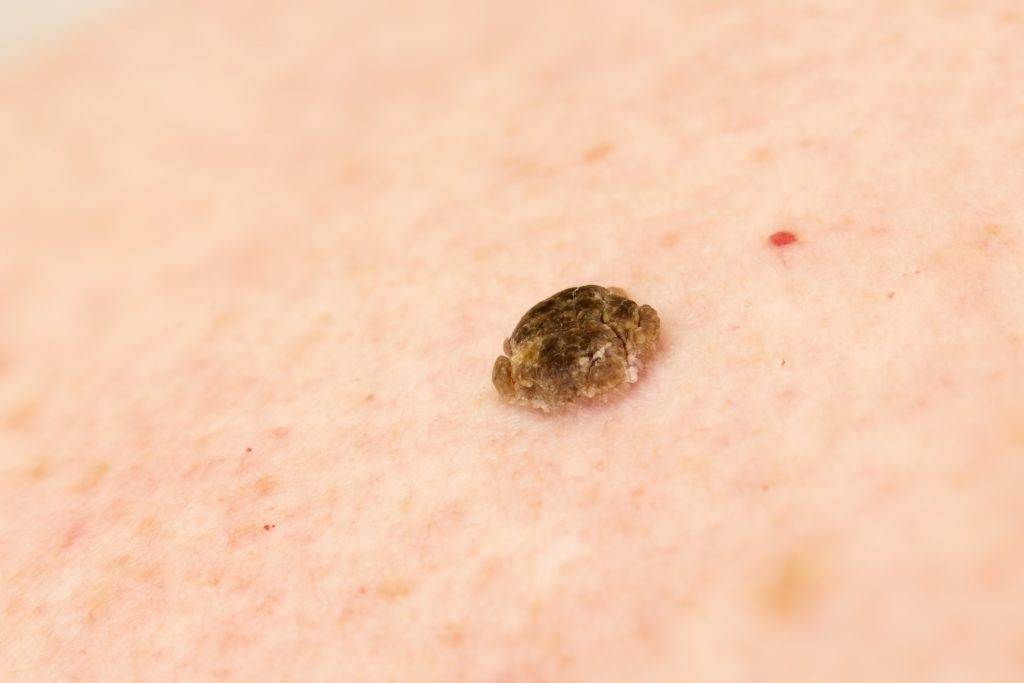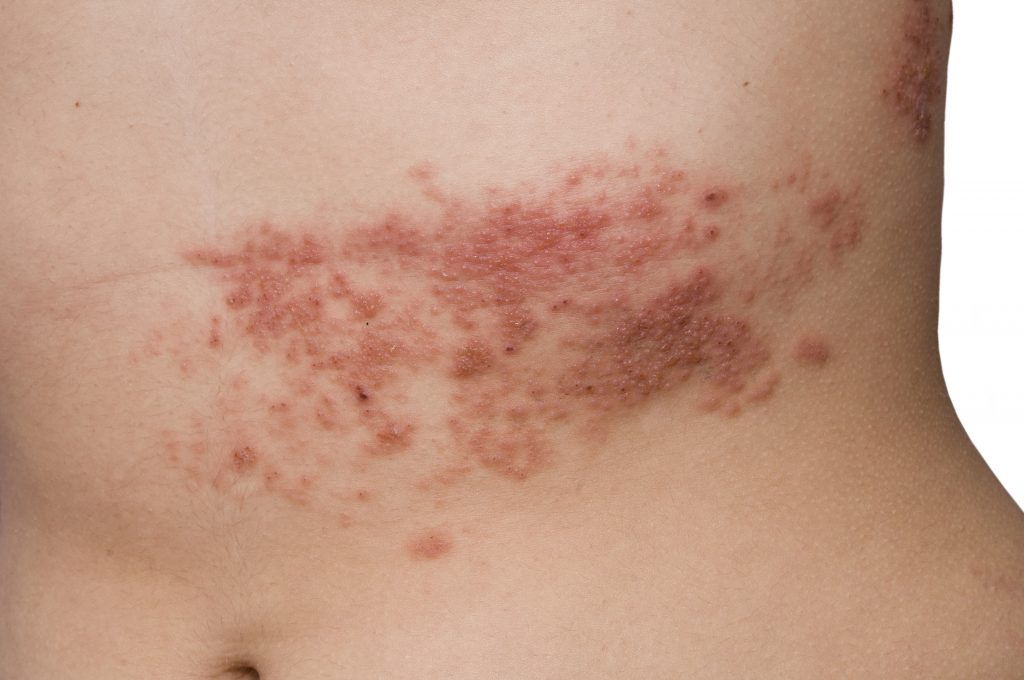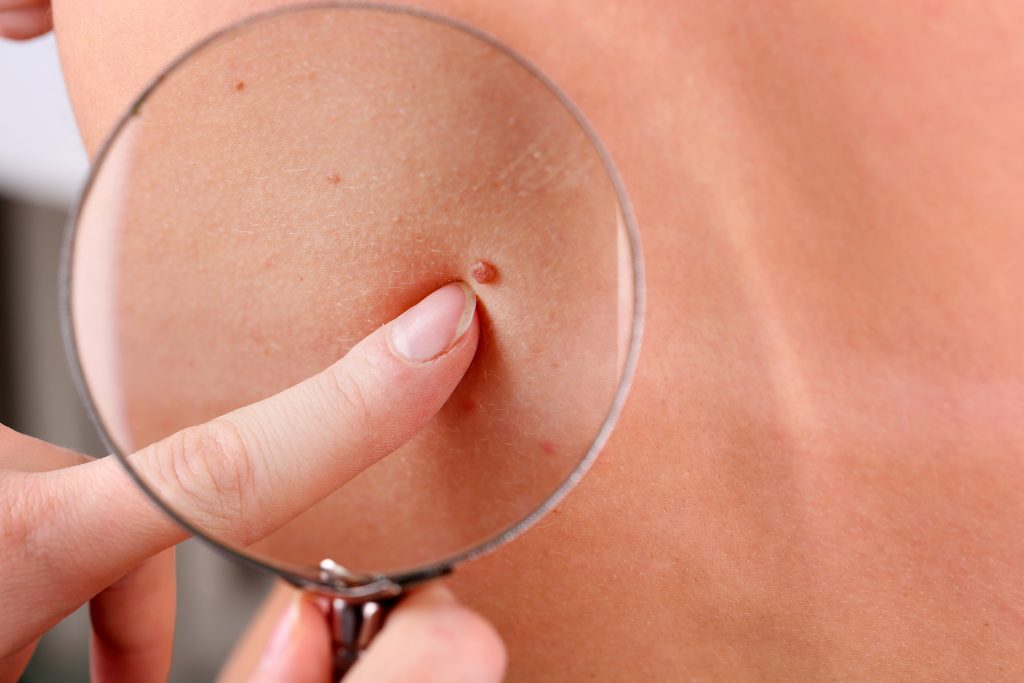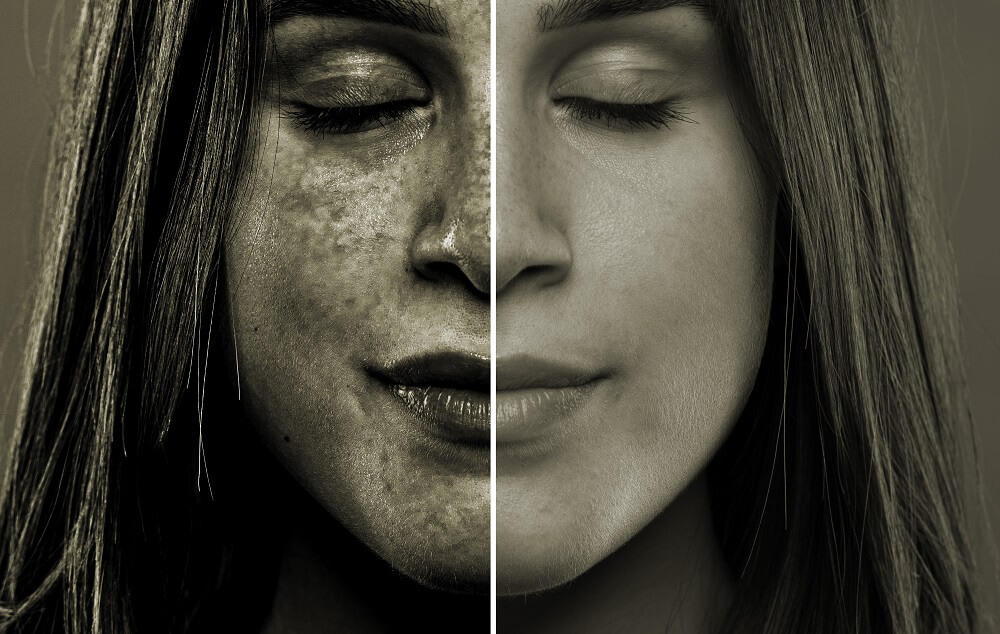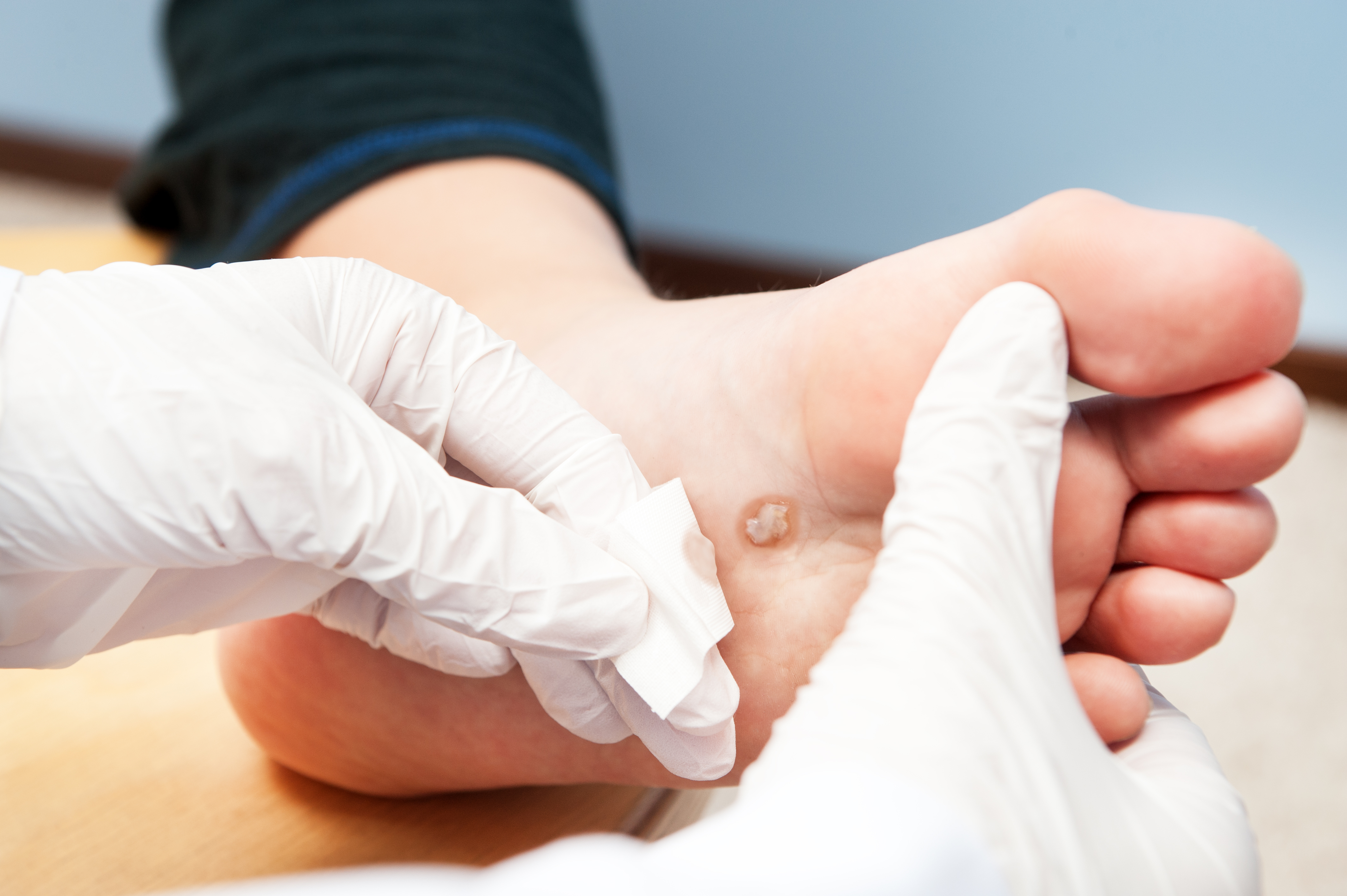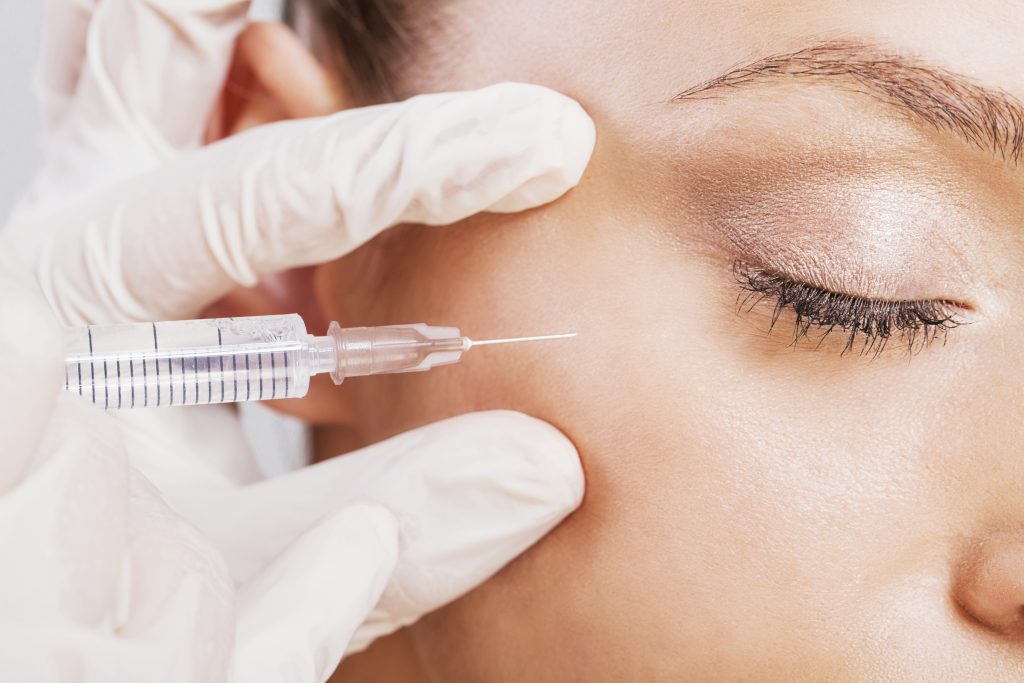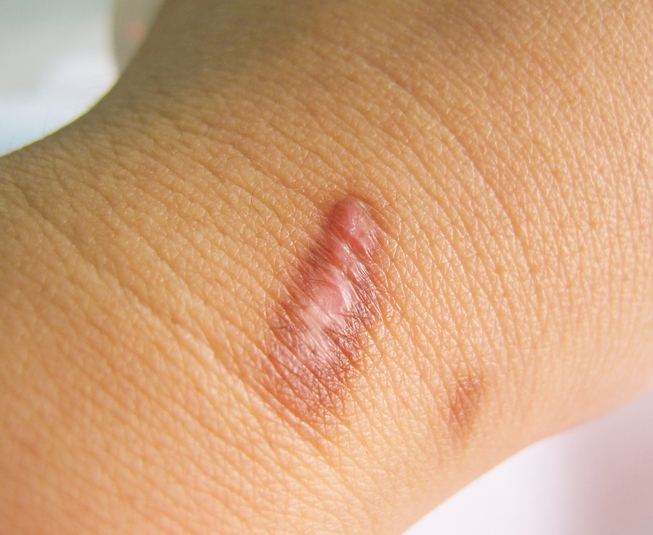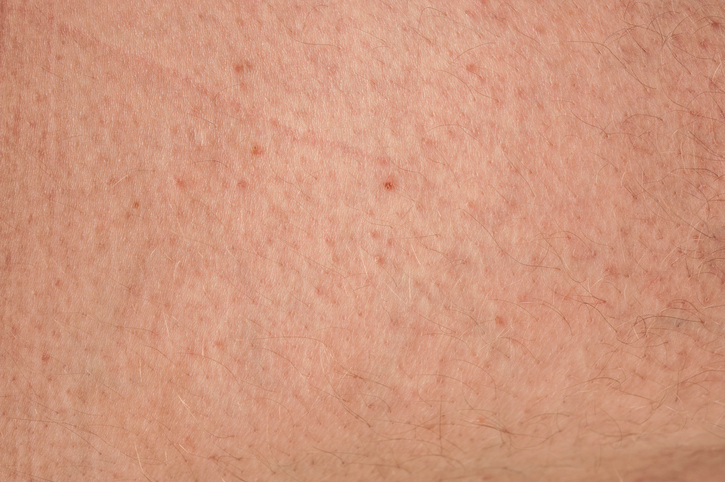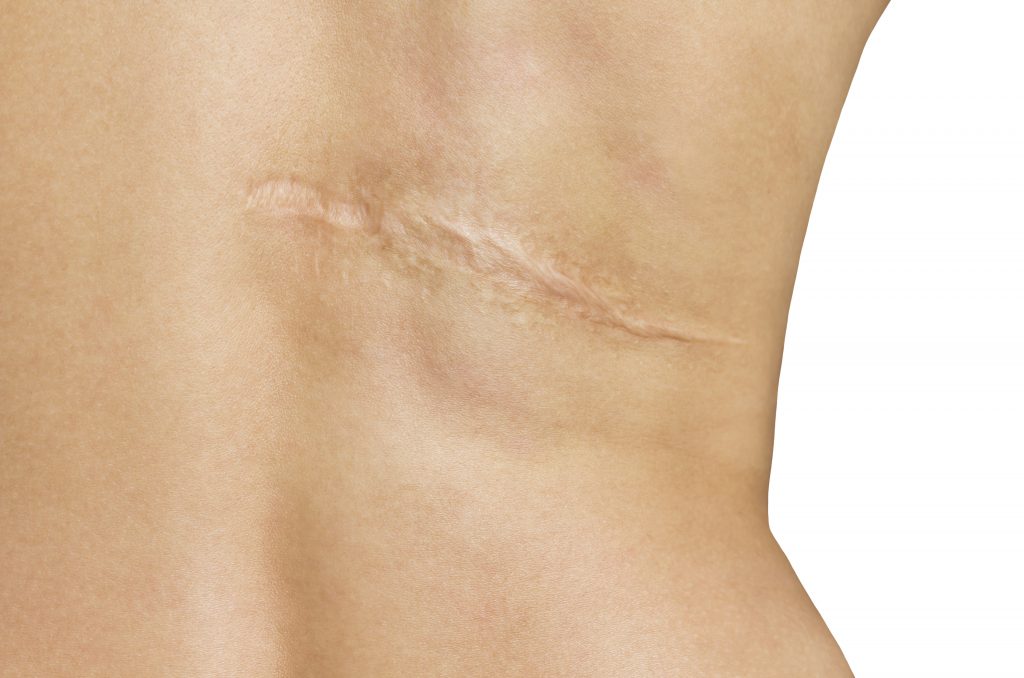Joplin native, Dr. Stephen Matlock graduated Summa Cum Laude from the University of Arkansas with a degree in biology. He went on to earn his medical degree from the University of Oklahoma College of Medicine where he was awarded the Davide Pyle Academic Scholarship, the Olson Endowment Fund Medical Scholarship, and was inducted into the Alpha Omega Alpha Honor Medical Society. He completed his internship and dermatology residency at the University of Arkansas serving as medical student liaison and grand rounds coordinator. He was also chief resident in his final year.
Dr. Matlock is dually board-certified as a Dermatologist and as a Micrographic Dermatologic Surgeon. He is a member of the American Academy of Dermatology and founder of the dermatology educational company Dermnemonics, LLC. He has published contributions in numerous medical journals covering topics including cosmetic surgery, cosmetic dermatology, pediatric dermatology, and inflammatory skin disease. He enjoys sharing his knowledge with students, professionals, and patients through social media and interactive online courses.
Outside of work, Dr. Matlock enjoys leadership development, education, fishing, and golf.
Dr. Matlock is proud to follow in his father’s footsteps by returning to his hometown of Joplin to serve the patient’s his father had provided dermatologic care to for over 20 years.
Specialties and Affiliations
- American Academy of Dermatology
Featured Articles
- Dr. Stephen Matlock: Using Sunscreen Correctly
- Psoriasis Treatment Options: What to Ask Your Doctor
- Dermatologist Inspired by Father, Field to Practice in Joplin
- 13 Best Treatments for Keratosis Pilaris, According to Dermatologists
- Skin Cancer Treatment Soon to Be Offered in Joplin Area


